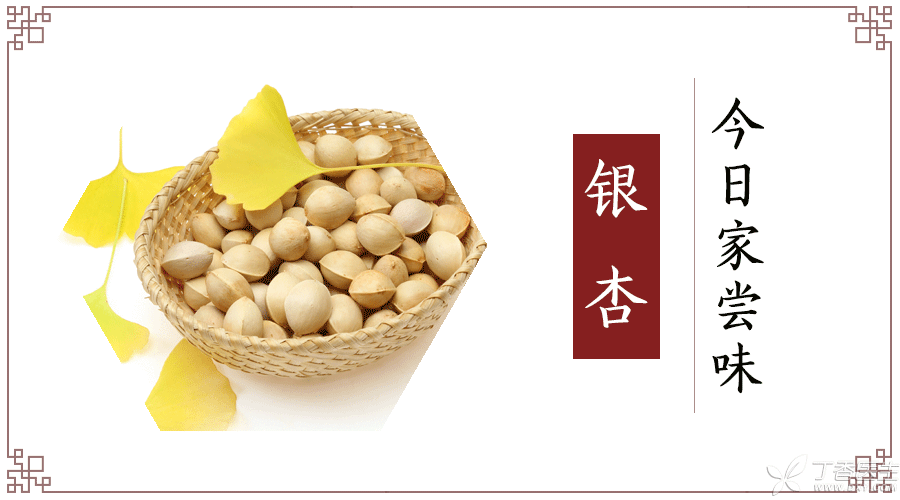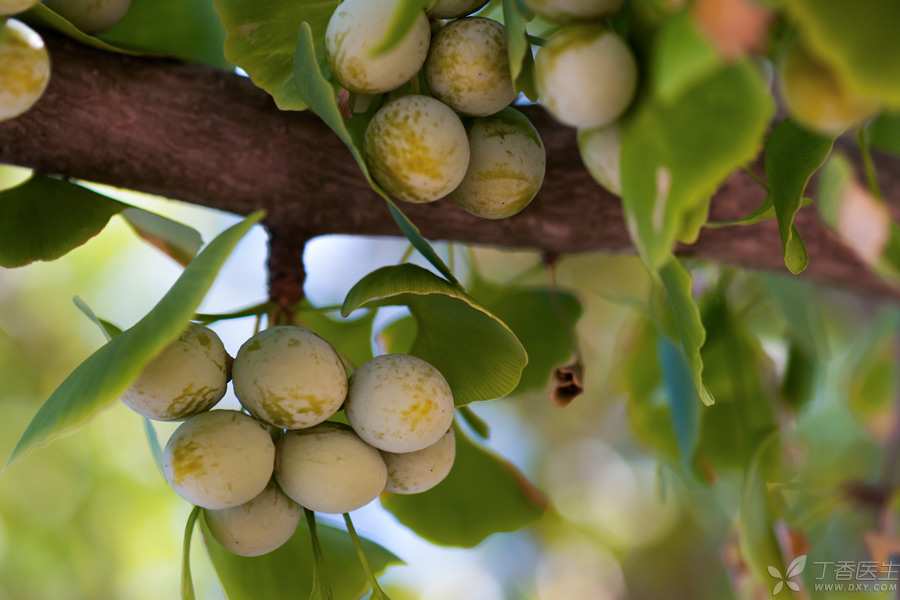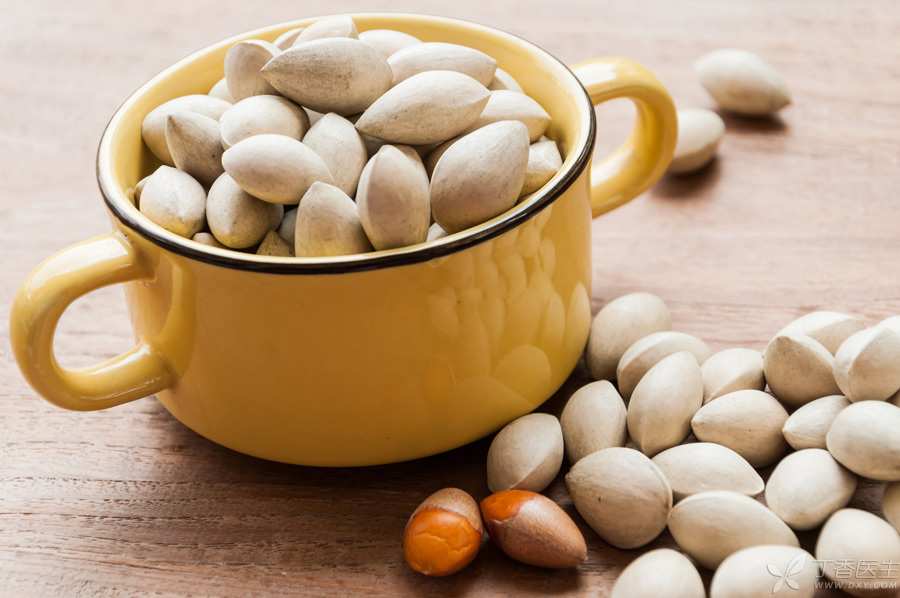
After the Mid-Autumn Festival, the autumn atmosphere is getting stronger and stronger. The ginkgo avenue, which is covered with gold and yellow and has pleasant scenery, has also welcomed the annual photo gathering.
However, we must not forget that before these golden ginkgo trees show their beautiful figures, they will make daily passers-by suffer from the odor-a sour smell similar to dog poop, and their source is ripe ginkgo nuts.
However, this odor cannot stop the enthusiasm of ginkgo lovers. People will collect the golden ginkgo nuts and go home to clean and dry them. After that, they will become high-grade nuts-ginkgo nuts. It is said that this ginkgo is poisonous and cannot be eaten more. How should we eat ginkgo nuts?
Smelly fossil nuts
Although the smell of ginkgo biloba is not pleasing, they have lived on the earth for much longer than human beings. Ginkgo biloba has a history of more than 200 million years and can be called a “living fossil”.
This ancient plant actually does not have real fruit. The ball we see is actually a seed, but this seed has grown into a fruit.
The yellow, yellow and smelly skin is actually the exocarp of ginkgo biloba, and the skin is a [heavy taste], mixed with butyric acid, caproic acid, methyl butyrate and methyl caproate and other substances, the smell, if you accidentally step on one, you really think you are lucky.
The history of human eating ginkgo biloba is also quite long, at least more than 1,000 years. In Compendium of Materia Medica, Li Shizhen recorded in detail the form, cultivation and function of ginkgo biloba.

Nutrient-rich fairy seeds
There is no doubt that ginkgo nuts as seeds contain a lot of nutrients.
Ginkgo seeds are rich in starch, protein and fat. Every 100 grams of dried ginkgo nuts contain 68 grams of starch, 13 grams of protein and 3 grams of fat. In addition, they also contain vitamin C and carotene, as well as various mineral elements.
However, ginkgo biloba is highly praised because it is helpful to resist thrombosis and prevent atherosclerosis.
A supervisor who dredges blood vessels.
At present, the recognized effective ingredient is ginkgolide in ginkgo seed kernel, which is a platelet activation antagonist. Simply put, this function is to reduce the activity of platelets, thus inhibiting the development of thrombosis.
Platelets in the human body are an emergency patrol team, just like those patrol teams in flood fighting and emergency rescue. Once blood vessels are found to be damaged, they will immediately rush up and plug the gap with their own bodies.
However, the [eyes] of platelets are not very good. Platelets with sensitive and high activity will [see] the rough places of blood vessels, so they are piled up on the normal blood vessel wall. This kindness has really helped and may form thrombus that makes people headache.
The main function of ginkgolide is to calm down these platelets with bad eyes and prevent them from activating, thus achieving the purpose of inhibiting the development of thrombus.
In addition, those legends that Ginkgo biloba can resist bacteria, diminish inflammation, exterminate insects and resist cancer, let’s just listen to them, so we don’t need to take them seriously.
Of course, we also need to remind everyone not to eat ginkgo just because we see that ginkgolide has the effect of inhibiting thrombosis development.
The content of ginkgolides in ginkgo is limited. It is difficult to see the effect of inhibiting thrombosis development according to the usual eating method, whether it is eaten directly or stewed. After extraction, ginkgolides can play the effect of inhibiting thrombosis development that we see in the laboratory.
In addition, eating too much ginkgo has a hidden risk. We must pay attention to it: eating too much ginkgo may lead to poisoning.

Hidden Risks
Even if ginkgo nuts have the above-mentioned benefits, we must pay attention to the eating method and dosage, because ginkgo nuts are toxic.
Ginkgo seeds contain chemicals such as ginkgo acid and cyanide. Excessive amounts of these substances will endanger our health and even kill us. In Changxing County, Zhejiang Province, the famous hometown of ginkgo, the local people’s hospital has recorded a large number of poisoning cases.
Raw ginkgo nuts are the most toxic. For infants under 1 year old, 10 ginkgo nuts can be fatal. And 3 ~ 7 years old children, after eating 30 ~ 40 tablets will also appear poisoning symptoms, serious will also lead to death. Therefore, for children with relatively low tolerance, the consumption of ginkgo should be limited in particular. As for adults, if you eat more than 50 tablets of raw ginkgo nuts in a short period of time, you will also be poisoned.
White fruit acid and cyanide can be destroyed by heating, so it will be safer for everyone to eat those fully heated ginkgo as much as possible, but the total amount of consumption should still be controlled.
How to Make Delicious Ginkgo Nuts
Here we recommend two kinds of delicious ginkgo. However, we should remind everyone that ginkgo nuts are delicious and cannot be greedy!
1. Microwave Ginkgo
Put the raw ginkgo into a kraft paper envelope, put it into a microwave oven, and heat it over high heat for 40 seconds to enjoy delicious food.
2. Salt-baked Ginkgo biloba
Stir-fry the crude salt until there is no moisture, add the raw ginkgo and stir-fry for 20 minutes, then you can enjoy the delicious salt baked ginkgo.
